UMW Toyota launched the facelifted Toyota Hilux this afternoon. The refreshed Hilux first made an appearance in Australia two months ago, before showing up at the 2011 Indonesia International Motor Show in July alongside refreshed IMV stablemates Innova and Fortuner. Check out our IIMS Hilux coverage here.
In Malaysia, five variants are offered – the Single Cab 2.5 M/T, the Double Cab 2.5 STD M/T, Double Cab 2.5G M/T and A/T as well as the range topping Double Cab 3.0G A/T. Prices are as follows:
As for the changes, the front end is all new, and looks more premium than before. There’s a new chrome bordered radiator grille with a raised centre section for a “3D look”. This section is connected to the flowing lines of the bonnet. The headlamps are new, as is the bumper. For the Hilux 3.0G, the bonnet air scoop has been redesigned with a wider opening.
From the side, look out for the wing mirrors with turn signals, which can be electrically folded in the 3.0G. The overfenders might not look any different, but they’re actually chunkier, and arch higher than before. 2.5G and 3.0G variants receive newly designed alloy rims. Nothing major for the rear, just new combination lamps. Another improvement is the adoption of the short pole antenna in place of the old school pillar antenna.
Inside, the facelifted Hilux comes with a revised dashboard design that clearly divides it into upper and lower zones. The interior colour is now darker, too. A main change is the use of the Camry style four-spoke steering wheel for the 2.5G and 3.0G, the latter getting buttons for the multi info display and stereo.
Speaking of that, the 2-DIN head unit (with USB and AUX input) introduced in the pre facelift 3.0G is now in both the 3.0 and 2.5G. Toyota’s DVD-Audio Video Navigation (AVN) system with a 6.1-inch colour screen and reverse camera (as shown in our pics) is on the options list, along with a sports bar and solar film.
Also, the 2.5G auto now gets a shift position indicator on the dials, which are Optitron only for the 3.0 (with added amber highlights). There’s also a new flush type overhead sunglass holder.
No difference in the drivetrain department. The Hilux 3.0 is powered by the 1KD-FTV D-4D commonrail diesel with 163 PS and 343 Nm of torque from 1,400 to 3,200 rpm. This engine comes with Variable Nozzle Turbo, VNT.
All 2.5-litre variants are powered by the carried over diesel engine with 102 PS and 260 Nm of twist from 1,600 to 2,400 rpm. Both are matched to a four-speed ECT automatic. 2.5G buyers can opt for a five-speed manual, which is standard on the Standard and Single Cab.
As usual, the Hilux comes with part time 4X4 with shift on the fly. From the default 2WD mode, 4X4 High Range can be selected at speeds of up to 80 km/h. To get into low range, one must be below 8 km/h.
Live images from the launch event is after the jump. Forgot how the old one looks like? Click here.
Looking to sell your car? Sell it with Carro.

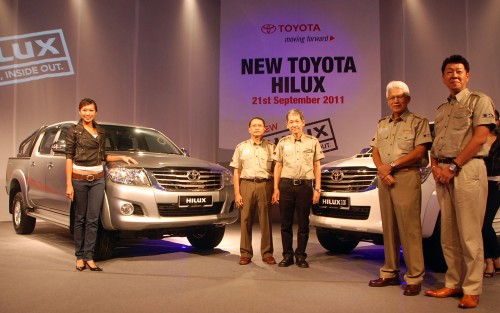
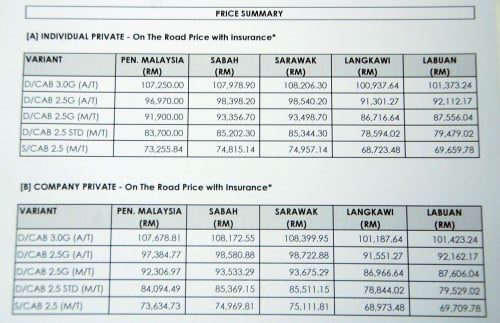
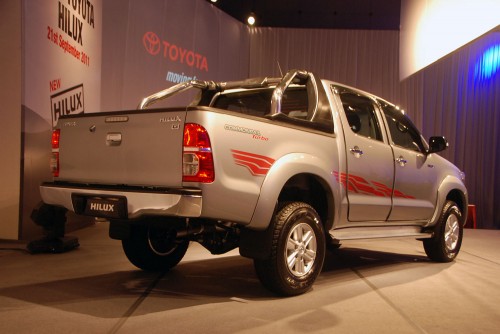
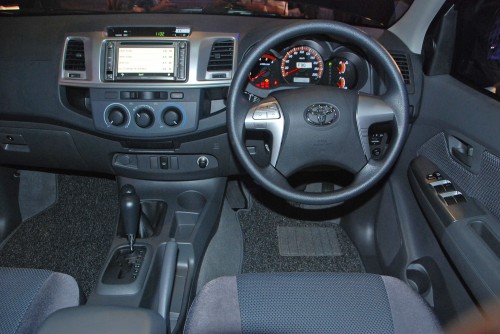
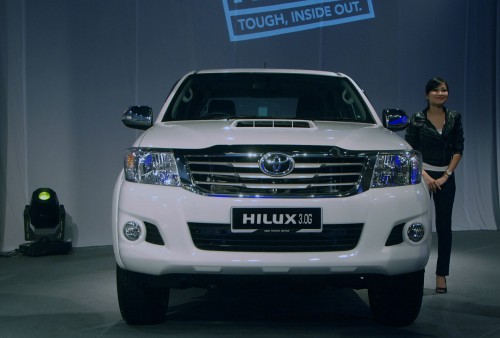
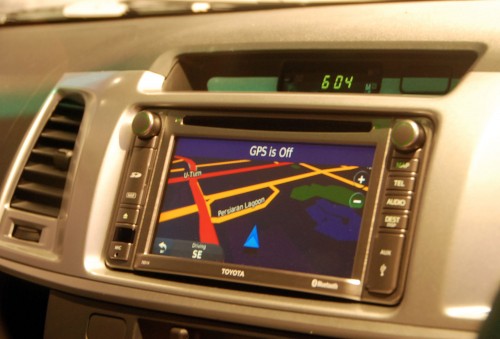
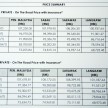
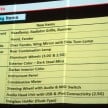
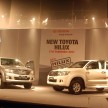

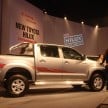
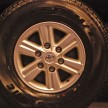
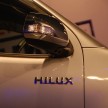
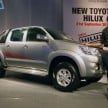
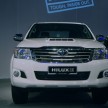
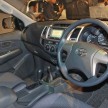
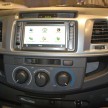
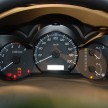
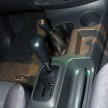
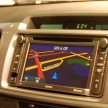
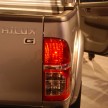
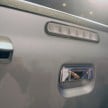

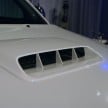
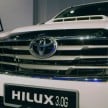
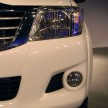
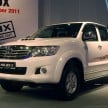
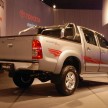
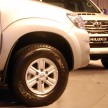
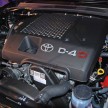
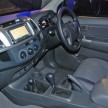
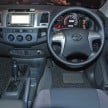
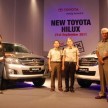




























AI-generated Summary ✨
Comments on the Toyota Hilux facelift are mixed but mostly emphasize its reliability, popularity, and sales success, especially in Malaysia. Many praise Toyota's reputation and resale value, citing its extensive presence on the roads and trustworthiness. However, there are criticisms about the engine being outdated with no significant upgrade, and some users express disappointment over the lack of technological improvements like intercoolers or more powerful engines. Others mention its perceived overpricing and compare it unfavorably to competitors like Nissan Navara, Mitsubishi Triton, and Ford Ranger, with some advocating for newer models or alternative brands. Overall, the sentiments reveal a mix of brand loyalty, frustration over lack of innovation, and recognition of Hilux’s strong market position.